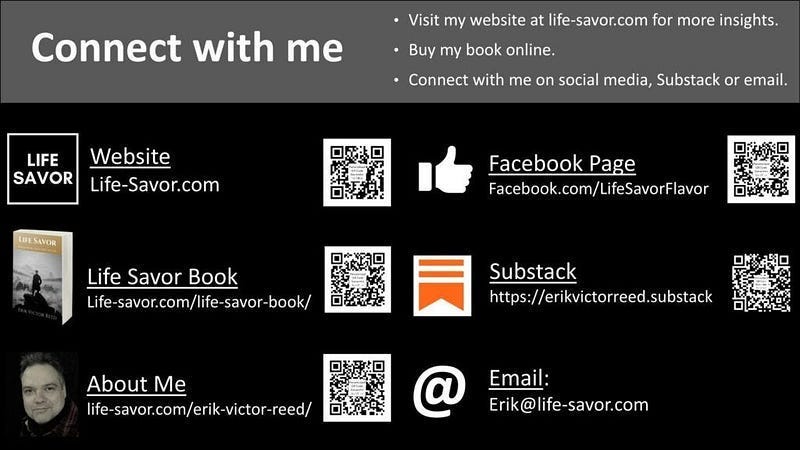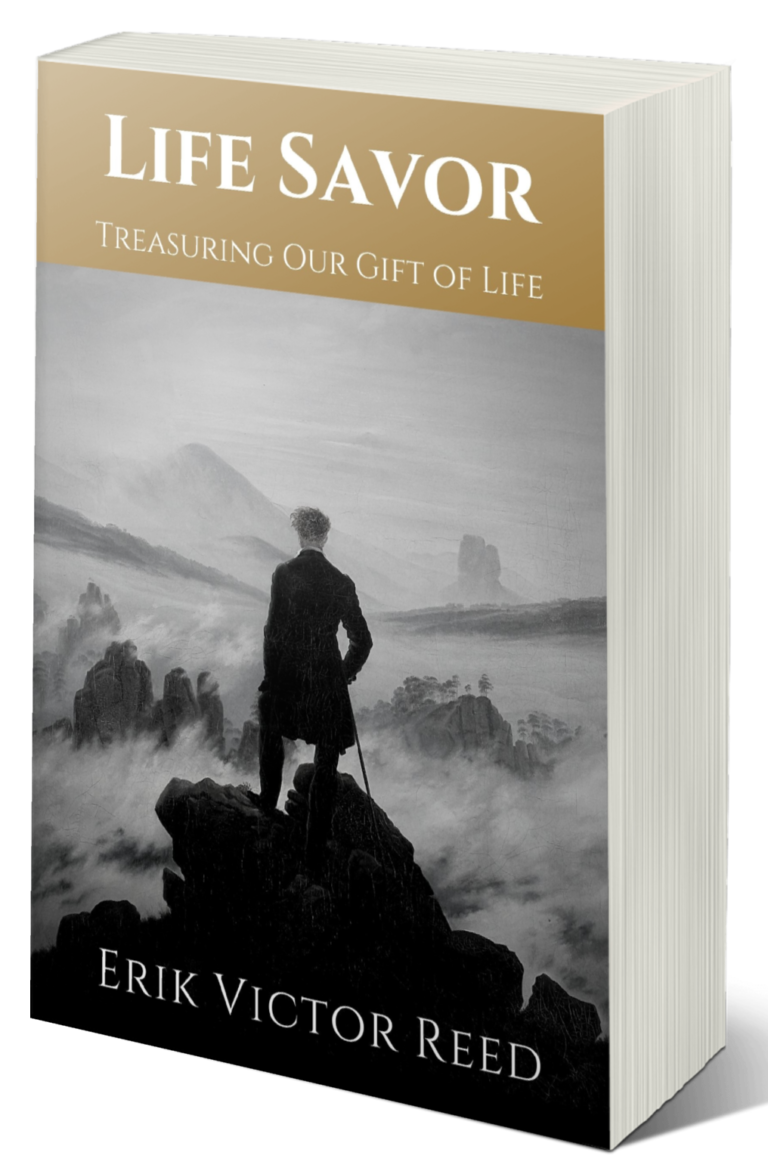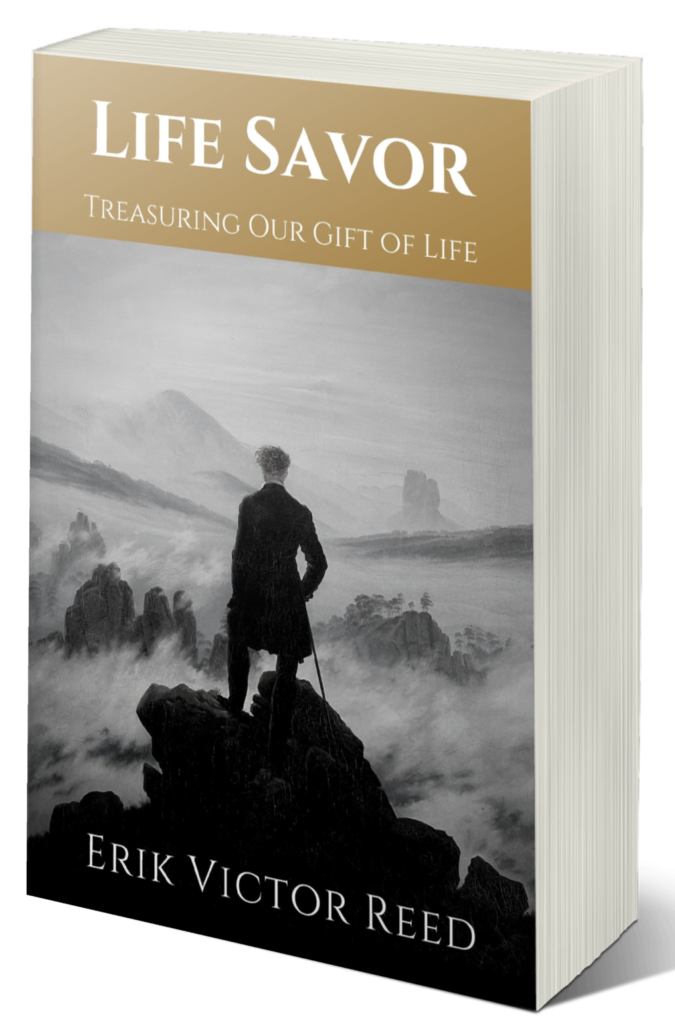Gratitude as an act of consciousness
Life does not automatically feel like a gift. Some days it feels like a burden. Bills pile up, health falters, friendships fray. In those moments, it is tempting to ask: What is there to be grateful for?
But gratitude isn’t just a spontaneous feeling. It is an act of the mind. It is the power to see differently, to frame experience not only by what is missing but by what is present.
That act of consciousness — deliberate, volitional — is what transforms mere survival into savoring.
Gratitude as a Choice
We often think gratitude comes only when fortune smiles: when we get the job, or when a crisis passes. But the truth is simpler and deeper: gratitude can be chosen.
It doesn’t mean ignoring pain. It means refusing to let pain erase the rest of reality. You can acknowledge loss while also seeing what remains. You can feel disappointment and still notice that the sun rose, the trees swayed, the breath kept flowing.
This is not denial. It is perspective. It is saying: Yes, I hurt. But alongside the hurt, life is still here — and it is still good to be alive.
How the Mind Treasures
The mind is a spotlight. Wherever we direct it, that patch of reality becomes vivid. Gratitude is the practice of turning the light toward what is given, not just what is lacking.
- When you pause to savor a meal, the spotlight turns to flavor instead of rushing.
- When you listen deeply to a song, the spotlight turns to beauty instead of noise.
- When you notice your child laughing in the other room, the spotlight turns to wonder instead of obligation.
The act itself is simple. But the result is profound: life becomes a treasure instead of a treadmill.
In the Park
Imagine a man sitting on a park bench after a hard day. His shoulders slump, his mind replays frustrations. Then, out of habit, he takes out his phone to scroll. But for some reason, he stops. He looks up instead.
Children are chasing pigeons. A breeze ruffles the leaves. Somewhere a violinist plays on the corner, the melody just barely audible.
For a moment, he does nothing but notice. His life is the same — his job is still stressful, his bank account still thin — but he feels different. The world has shifted. Or rather, he has.
That is the mind’s power to treasure.
Gratitude and Mortality
Mortality underscores this practice. One day, all these sights and sounds will be gone for us. The pigeons will still scatter, the violin will still sing, but we will no longer hear.
Knowing this sharpens gratitude. It urges us not to waste the chance to notice. If we are lucky enough to be here now, let’s see it, feel it, name it. Let’s treasure it.
Practical Steps for Training Gratitude
Though gratitude begins as choice, it deepens with practice:
- Keep a gratitude log. Not just “three things I’m grateful for,” but notes about ordinary moments: the way sunlight pooled on the floor, or how the tea tasted extra sweet today.
- Pause before transitions. Between tasks, take a breath and notice one good thing. A bird outside. The warmth of your chair. The fact that you are here.
- Share it aloud. Gratitude grows when expressed — to a partner, a child, even a stranger. Saying “thank you” enlarges the moment for both giver and receiver.
These are not duties; they are opportunities. Each one is a chance to train your spotlight.
Closing Thought
Life will always give us reasons to complain. But life also always gives us reasons to treasure. The difference is where we direct our attention.
Gratitude is not a mood to wait for. It is a practice to cultivate. A choice the mind makes, again and again, until it becomes a way of seeing.
And when you see life this way — as gratuitous, overflowing, fragile, fleeting — you discover something astonishing: being alive, even in its ordinary moments, is enough.
For more like this, visit the broader project at life-savor.com, or explore the Life Savor book itself.
To learn more about Life Savor’s philosophy,
read Life Savor: Treasuring Our Gift of Life by Erik Victor Reed.








